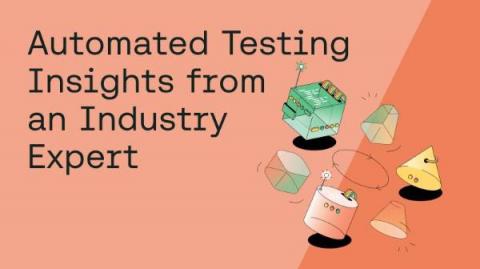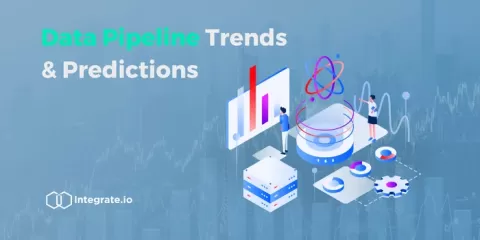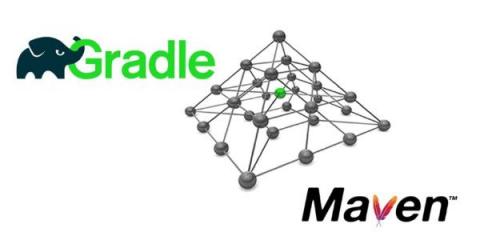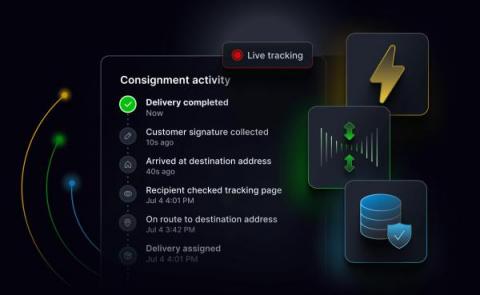Systems | Development | Analytics | API | Testing
%term
What Are Digital Twins? Learn About Digital Twin Software
12 Times Faster Query Planning With Iceberg Manifest Caching in Impala
Iceberg is an emerging open-table format designed for large analytic workloads. The Apache Iceberg project continues developing an implementation of Iceberg specification in the form of Java Library. Several compute engines such as Impala, Hive, Spark, and Trino have supported querying data in Iceberg table format by adopting this Java Library provided by the Apache Iceberg project.
Ship sooner to Google Play: Release Management now supports Android production releases
Ship Android apps faster than ever. Our new features allow you to effortlessly integrate with your Google Account, create production releases and release directly to the Google Play Store. Read more on this, and what's coming next.
The Peak AI Platform Lets Businesses Tap Into The Power Of Artificial Intelligence
The Future of Data Pipelines: Trends and Predictions
Create a REST API for any data set
Gradle vs. Maven: Performance, Compatibility, Builds, & More
Gradle is one of several Java development tools featured in Stackify’s Comprehensive Java Developer’s Guide, but it’s not the only build automation tool to consider. Maven is an older and commonly used alternative, but which build system is best for your project? With other tools, such as Spring, allowing developers to choose between the two systems, coupled with an increasing number of integrations for both, the decision is largely up to you.
3 pillars for supporting realtime update infrastructure in transportation and logistics apps
Amazon was founded in 1994, went public in 1997, and reached a market cap of $1.5 trillion in 2020. As a result of Amazon’s successes and a long tail of rapidly modernizing ecommerce businesses, consumers and businesses alike have transformed their expectations around transportation and logistics. Consumers, for example, expect up-to-the-minute updates on package delivery, and businesses require, among other features, realtime asset and vehicle monitoring.











